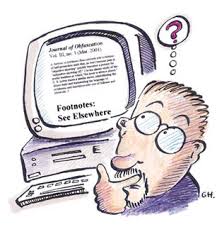Innovative Educational Technology in the Global Classroom by Deoksoon
 How to integrate culture in the context of globalization and provide ESOL teachers with various innovative learning modes.
How to integrate culture in the context of globalization and provide ESOL teachers with various innovative learning modes.
1. Integrating Instructional Technology into An assignment
2. The ELL Case study (ELL = English Language Learning)
3. Blogging
4. Pod casting
5. Creating a wiki
6. Online discussion
7. Implication
Tips for Integrating Technology in the Classroom.
1. Take risks with new technology.
2. Be familiar with the technology before introducing it to others.
3. Make sure that instructional technologies carefully fit with course objective and outcomes, and that the procedures for implementation are clear
4. Build a positive learning community.
5. Research and use various tutorials and helpful Web sites
The current status of multimedia Teaching Method in CLT
Some teachers can cultivate their 4 skills -productive and reductive,within the final teaching aim by multimedia teaching method because of its advantage is modular,intelligent and network which will be helpful to college English teaching.
Relationship between the qualities of the college English teaching and multimedia teaching.
Some teachers should be more active in teaching and carry out effective qualities education in order to develop student's abilities. It make students become competent and high score.
Misunderstanding and Disadvantages of Multimedia Teaching Of College English Teaching.
- Teachers have misunderstanding.
- Depending on multimedia excessively and neglecting its auxiliary teaching function. - Being impercipient to multimedia teaching method.
suggestion on Multimedia Teaching in College English Teaching.
